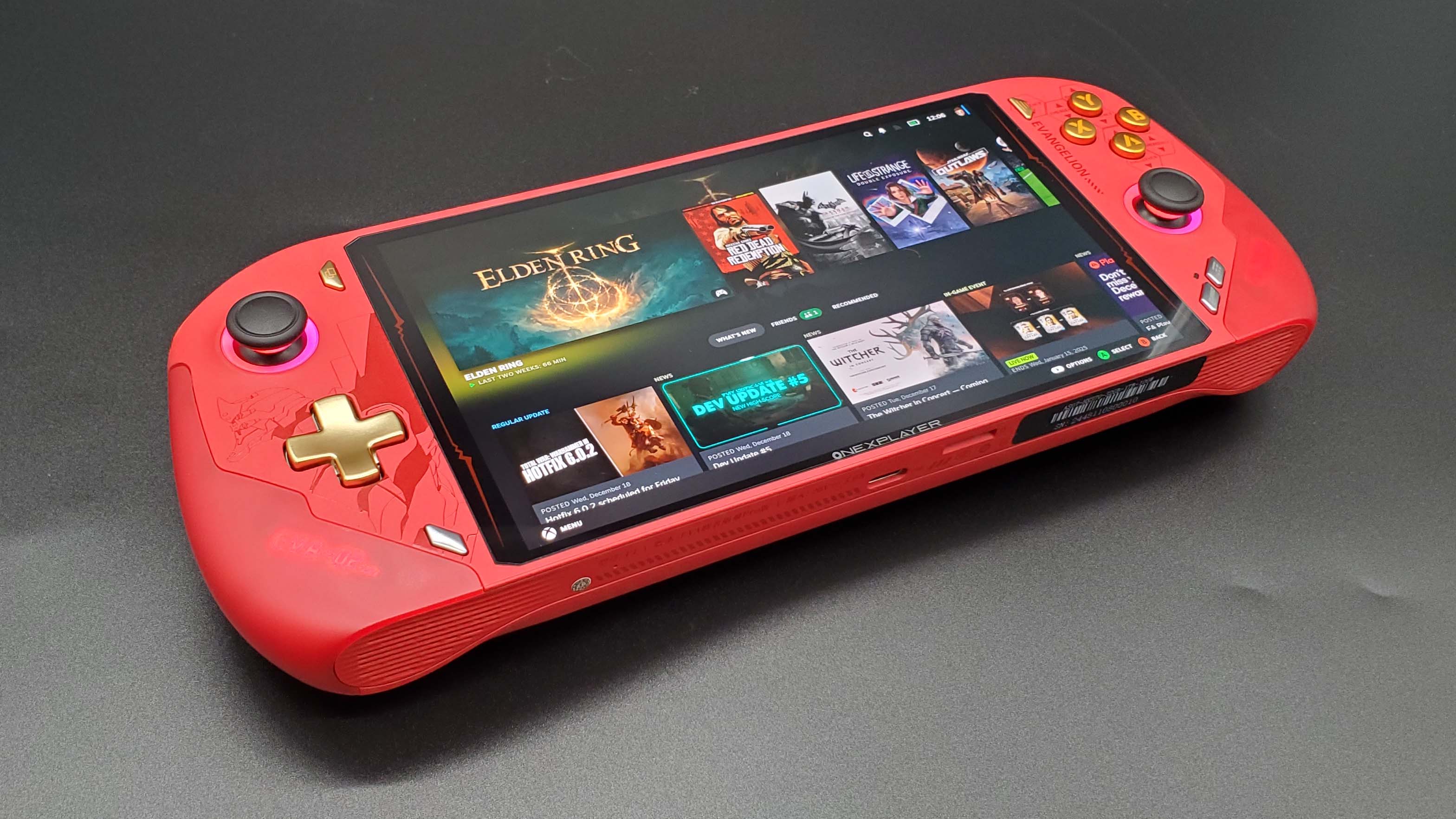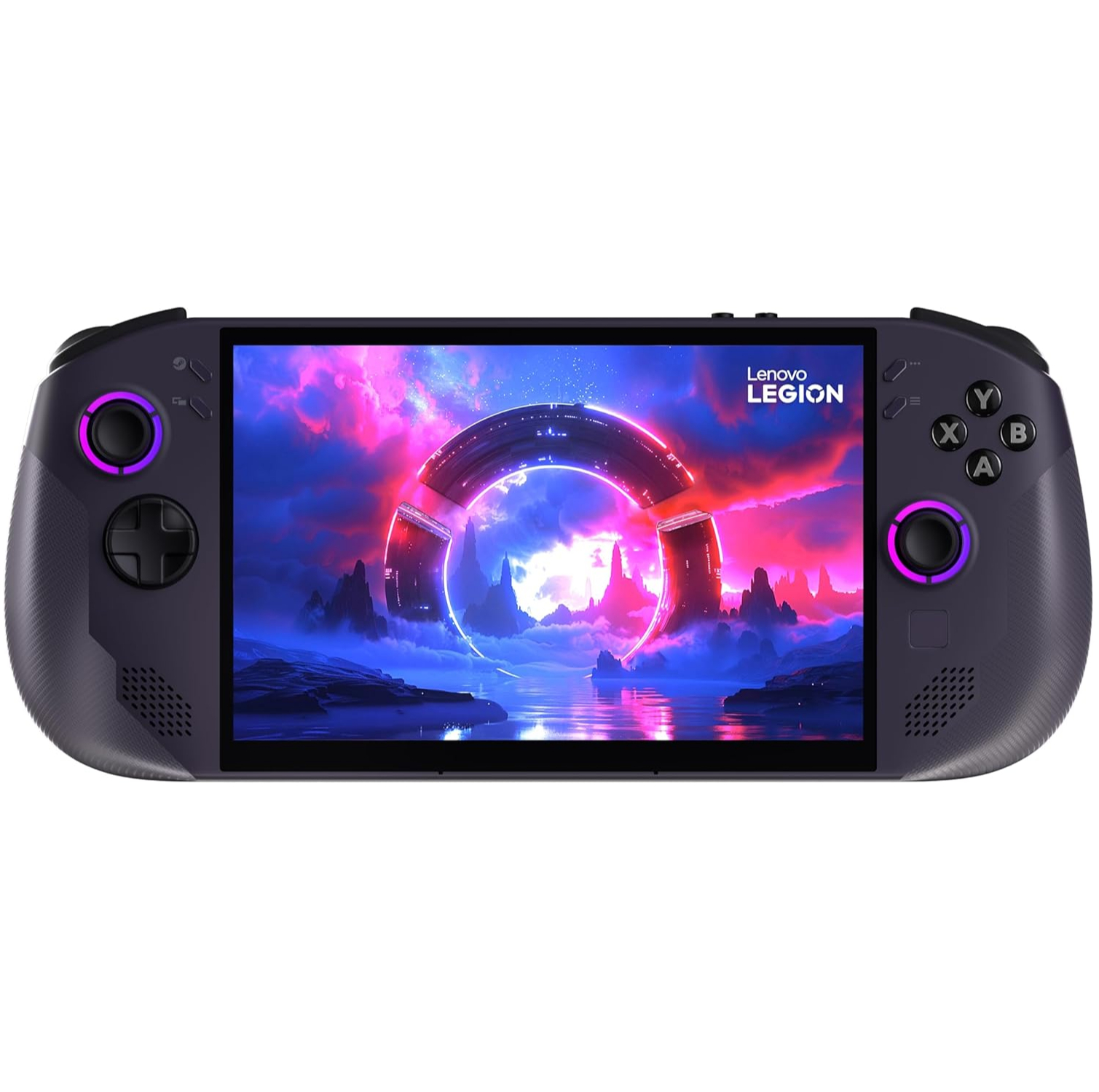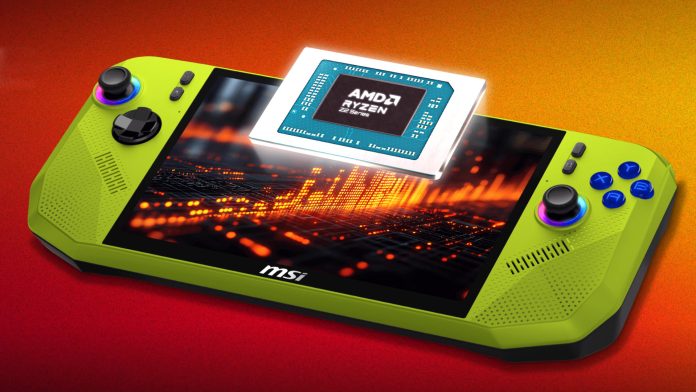Ryzen Z2 Extreme vs Z1 Extreme Hands On Testing With SHOCKING Results! – YouTube 
At the start of 2025, during the annual CES event, AMD launched the successors to its popular Ryzen Z1 and Z1 Extreme APUs. These all-in-one CPU+GPU chips have been powering the very best handheld gaming PCs since they first appeared, so we’ve been keen to see just how much better the new Z2 models are. Thanks to one tech YouTube channel, we now know the answer: it’s good, it’s a bit disappointing, and it’s entirely as expected.
When chatting about handheld gaming PCs with friends and family, I’m often asked by the more tech-savvy amongst them about why AMD doesn’t add a bigger GPU to its APU chips. As the saying goes, pictures speak a thousand words, so videos must speak them all. Tech YouTube channel ETA Prime has pitched a Ryzen Z2 Extreme-powered MSI Claw A8 against an Asus ROG Ally X, which uses the previous generation Ryzen Z1 Extreme.
Before we jump into the benchmark results, here’s how the two APUs, as configured in those handheld devices, compare:
Swipe to scroll horizontally
|
APU |
Ryzen Z1 Extreme |
Ryzen Z2 Extreme |
|---|---|---|
|
CPU cores |
8 (Zen 4) |
3 (Zen 5) + 5 (Zen 5c) |
|
CPU threads |
16 |
16 |
|
CPU base/boost clocks |
3.3 / 5.1 GHz |
2.0 / 5.0 + 3.3 GHz |
|
GPU compute units |
12 RDNA 3 |
16 RDNA 3.5 |
|
GPU boost clock |
2.9 GHz |
2.9 GHz |
|
RAM |
24 GB LPDDR5x-7500 |
24 GB LPDDR5x-8000 |
For gaming, the most important difference is the GPU part of the chip, as the Z2 Extreme sports 33% more compute units than the Z1 Extreme. RDNA 3.5 isn’t a huge upgrade over RDNA 3, but together with the greater number of shaders, you’d expect there to be a noticeable bump in frame rates.
However, in the Cyberpunk 2077 benchmark, the Z2 Extreme only averages 5 frames per second more than the Z1 Extreme (47 vs 42 fps)—a gain of just 12%. That’s using the game’s Steam Deck quality preset, FSR Balanced upscaling, a display resolution of 1080p, and with both handhelds capped to a 25 W power limit.

Dropping the power down to 17 W, but keeping the resolution at 1080p, sees performance results of 39 and 32 fps, respectively, with the Z2 Extreme now running 22% better than the Z1 Extreme.
ETA Prime’s final CP2077 test has them running the benchmark at 1600 x 900 (a 31% reduction in the number of pixels to process) and while that just increases the Z1 Extreme’s results to 35 fps, the new Z2 Extreme powers all the way up to 46 fps—practically the same as when using 25 W at 1080p.
It’s the same story with Shadow of the Tomb Raider, Forza Horizon 5, Black Myth: Wukong, and Horizon Zero Dawn Remastered. The Z2 and Z1 Extreme run almost exactly the same when the power limit and resolution are quite high; the moment both of these are lowered, though, the better APU gets to show its strengths.
What this all shows is that throwing more shader cores at an APU’s graphics section isn’t the perfect solution for having faster-running games, even when given plenty of power to sustain high boost clocks. The problem is that the CPU and GPU are sharing the same pool of memory, and there’s only so much bandwidth to go around.
Specifically, the MSI Claw A8 has just 7% more bandwidth than the ROG Ally X, and it’s clearly not enough to keep up with the 16 RDNA 3.5 compute units when running at full capacity. Dropping the resolution and power results in the shader cores putting the memory system under less of a load, and conversely, that allows them to perform better.

It’s not just a problem that’s exclusive to the Z2 Extreme, as we found testing the OneXFly F1 Pro handheld (above). The Ryzen AI 9 HX 370 inside that device also sports 16 compute units, and the difference in performance between its 30 W and 15 W modes is so small that you’d never really want to use the high power limit.
This is also why AMD had to equip its Strix Halo APUs with a 256-bit wide memory bus. It uses the same type of RAM, with the same clocks, as the Z2 Extreme, but with twice as many data lanes, it boasts double the memory bandwidth. However, the Ryzen AI Max+ 395 also has 40 compute units to keep fed with data, so you can probably imagine how that’s going to pan out.
If you’ve been considering buying a new Z2 Extreme handheld gaming PC, you might want to watch ETA Prime’s video first to see just what the better APU is really like. There’s probably more work that AMD can do with drivers to better juggle power, clocks, and data transfers, but the memory bandwidth is always going to have the final say on just what can be achieved.

